Moroccan tiles have footprints in Islamic and European history. Trends in Moroccan decorative tiles design change over time; sometimes, designs with the UK, and sometimes designs with Iranian tiles.
Most people try to be current and fashionable, whether it’s in the realm of vehicles, fashion, or beauty. We strive to stand out from the crowd while also wanting to make an impression on others with our taste.
The current trends in fashion and beauty are the same in interior design. As time passes and the need for modern homes increases, our expectations for great interior design are growing.
Large bathroom tile images, particularly those of oceans or aquariums, were stylish for a decade. It was common practice to display your house number on a hand-painted tile in a vintage manner. Regarding interior design, trends came and went, but Moroccan tiles are one look that has endured.
We have been in this company for a very long time, and during that time, the demand for Moroccan tiles has never decreased. It is currently inexpensive, widely used, and considered to be somewhat timeless.
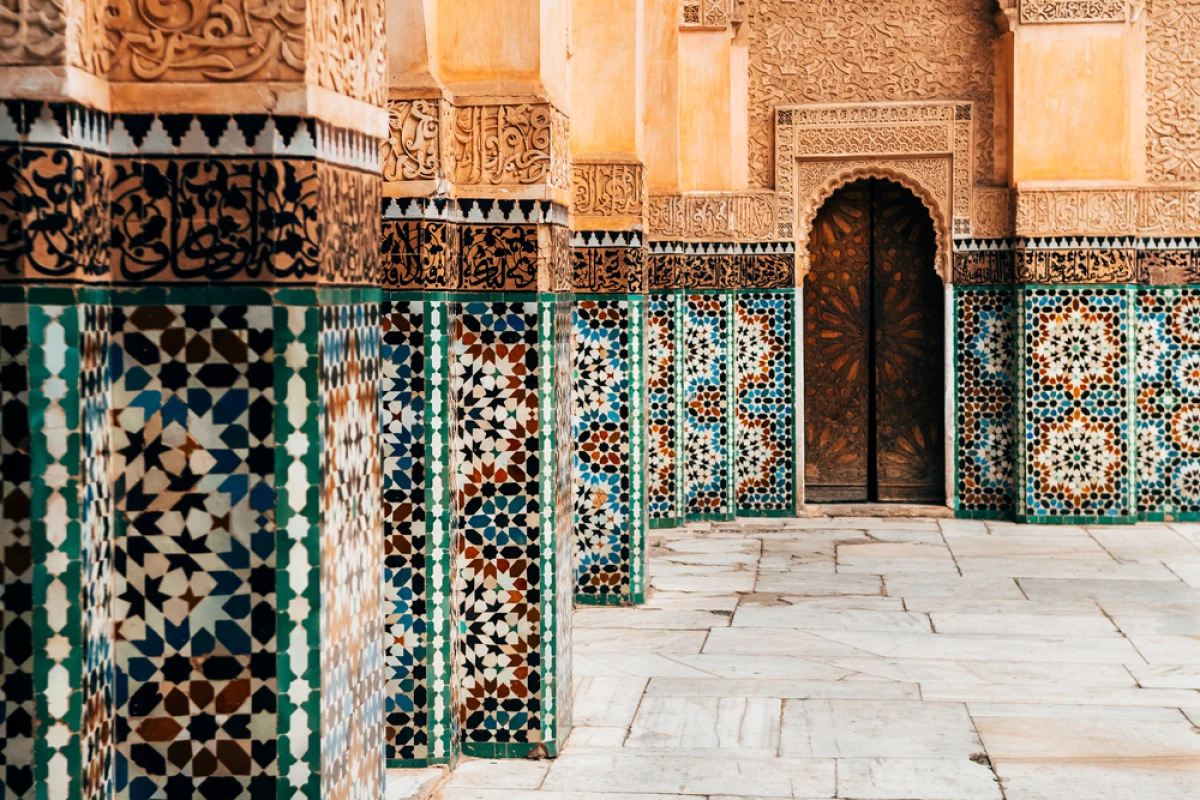
Moroccan tiles are a popular choice for even five-star hotels, resorts, and spas since they never fail to impress. Unfortunately, although having a long and fascinating history, these gorgeous and traditional tiles are sometimes disregarded.
Their historical and political significance, which has been handcrafted for centuries, may not have had a big impact on us in the past, but it did.
The Moors conquered Spain in 711 AD and brought their civilization to the newly discovered area. It was common in ancient society to paint ceramic tiles in a distinctive aesthetic known as Zellige. A large portion of the Zellige style was composed of intricate geometric patterns. The Europeans were drawn to the new and refreshing geometric designs, and soon the Islamic heritage had established itself in the homes of many Roman Catholics.
Moroccan Tiles in Islamic History
Moroccan tiles have roots in Muslim culture and the Islamic faith and history. These patterns’ complexity is thought to have resulted from the rigorous Muslim restrictions that painters had to abide by.
They painted forms and line work instead of living figures because it was against the Islamic creed. It was the rare creative style that was then accessible, painted only by a select few painters for aristocracy and monarchy when Zellige first came to Europe.
Moroccan tiles were a statement of riches and power and a method to set yourself apart from members of the lower strata in society. The cities of Fez and Meknes are the epicenters of this complicated art form. Morocco and many of its homes are still richly decorated with traditional Moroccan tiles and the Zellige design.
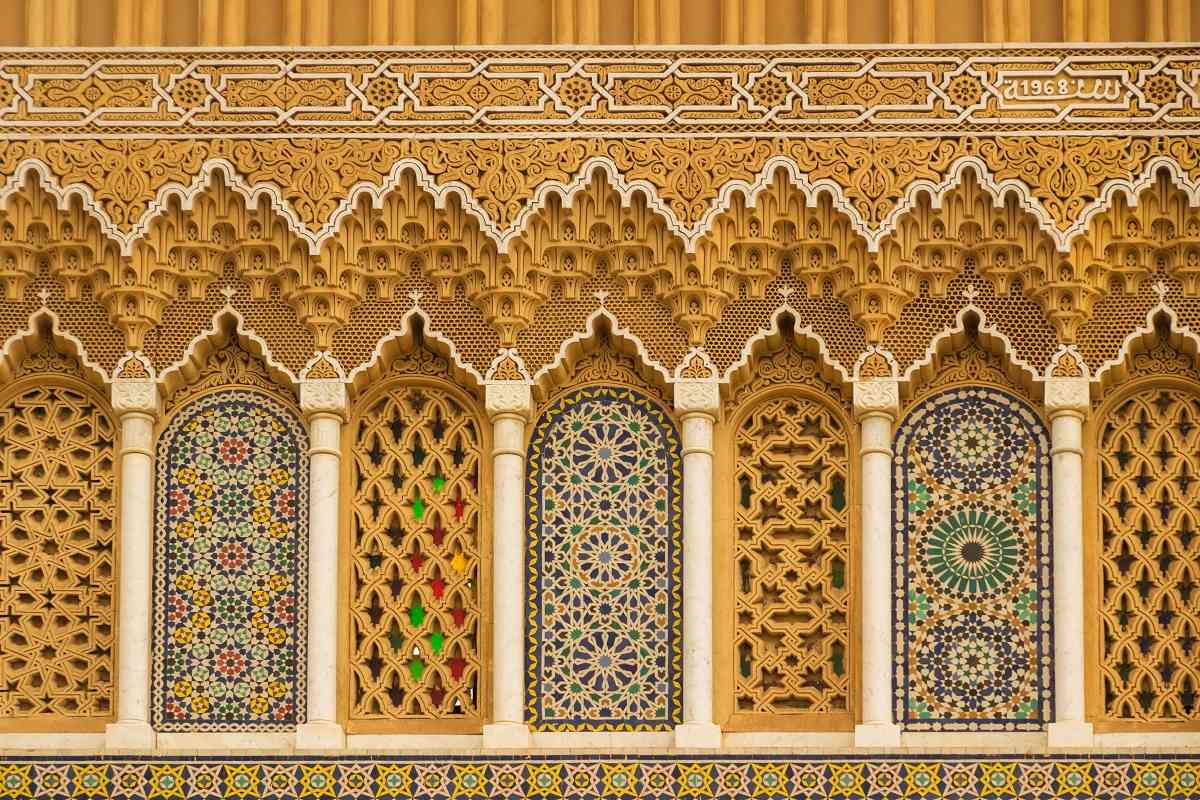
Because of the Miocene grey clay in Fez, the city is still the main producer of Islamic tiles. There, kaolinite makes up the majority of the clay. Not only is it strong, but working with it is simple, and supplies are always available.
Surprisingly, many people still view Islamic tiles as a sign of sophistication. Islamic ceramic tile designs have deviated from contemporary techniques like tile printing and remain largely entirely hand-painted.
With the technology we currently have, there is practically any price difference between a whole set of hand-painted Islamic tiles and printed ones.
Islamic tiles are popular in Morocco for more than simply interior design. Additionally, they are widely employed in public spaces like parks and building exteriors. Some Moroccan lanes and streets are entirely clad in Moroccan tiles, giving them a distinctive blue and white-appearance.
It’s important to remember that Moroccan tiles were used in Islamic culture for more than just decorating walls and ceilings. They were frequently used to adorn pools, fountains, and various pieces of furniture. Unfortunately, the popularity of furniture made of Islamic ceramic tile has fallen due to its weight and mobility issues.
Square tiles are the most common type of Islamic tile, particularly the Zellige form. However, as fashion and technology evolved throughout time, it also became to be common to use Islamic tiles in the shape of octagons to build walls with honeycomb-like patterns.
Geometry is crucial for Islamic tile painters to master to produce the ideal tile. Some patterns are created so that they only function with square tiles, but other patterns might only function properly with a honeycomb pattern. Islamic tiles are designed with each tile perfectly matching the next and without a single line or shape that differs from the others.
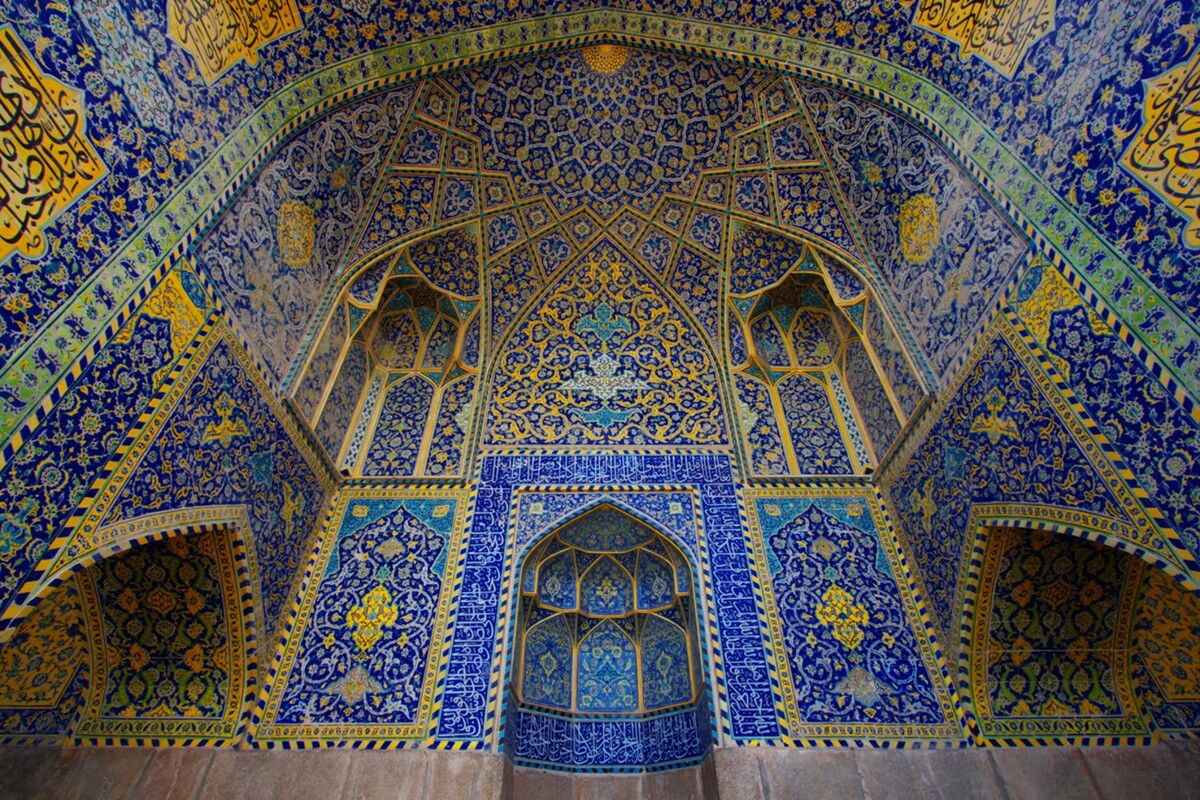
Moroccan decorative tiles with Islamic Designs
Moroccan Islamic decorative tiles range widely in complexity and simplicity depending on their designs. Some designs will be quite bold and simplistic at one extreme—for instance, four black lines inside a square tile in the shape of a diamond. The most common places for these kinds of designs are on floors or ceilings. Splashbacks in the kitchen and bathrooms are very frequent.
Islamic tiles are popular in Morocco for more than simply interior design. Additionally, they are widely employed in public spaces like parks and building exteriors. Some Moroccan lanes and streets are entirely clad in Moroccan tiles, giving them a distinctive blue and white-appearance.
It’s important to remember that Moroccan tiles were used in Islamic culture for more than just decorating walls and ceilings. They were frequently used to adorn pools, fountains, and various pieces of furniture. Unfortunately, the popularity of furniture made of Islamic ceramic tile has fallen due to its weight and mobility issues.
Square tiles are the most common type of Islamic tile, particularly the Zellige form. However, as fashion and technology evolved throughout time, it also became to be common to use Islamic tiles in the shape of octagons to build walls with honeycomb-like patterns.
Moroccan tiles have a certain allure. Visualize a huge circular geometric design running across the surface of a kitchen floor or a swimming pool. It draws all the positive attention and keeps our eyes on the intricate details and vibrant hues.
T is challenging cleanliness of Moroccan tiles was one of the key reasons Arabic nations first adopted them, and the same rationale now holds true for modern dwellings. Moroccan tiles are constructed of a substance that prevents bacterial growth and adhesion. This makes it much simpler to maintain a clean kitchen or bathroom.
Islamic tiles appear lovely and are functional for keeping your home’s interior cool in the summer because they don’t absorb heat. We’re all guilty of whining about how hot or chilly our homes are, but happily, Moroccan tiles don’t maintain either cool or warm temperatures, allowing spaces like a steamy bathroom to cool off more quickly and prevent moisture and wet from accumulating.
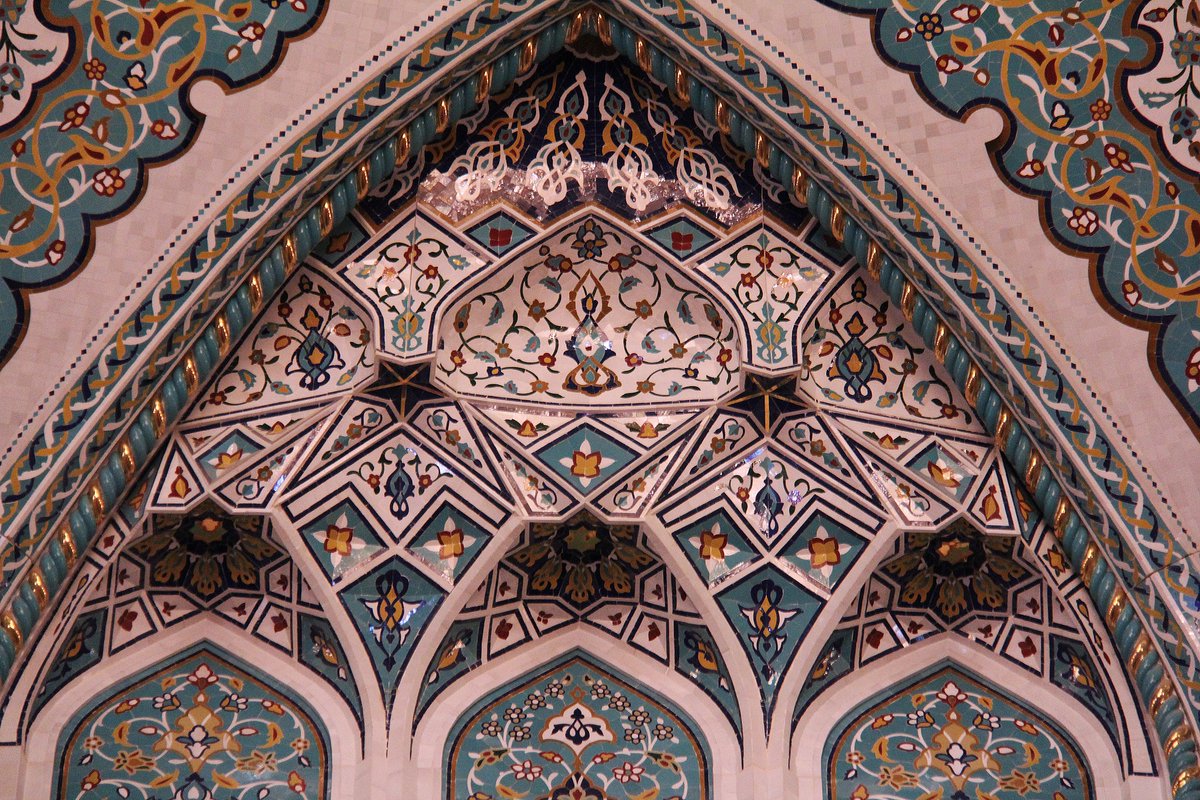
Moroccan Tiles with UK Designs
The smallest detail can be seen in more intricate designs, which are less likely to be found in people’s homes and are typically highly floral and colorful. Complex Moroccan tile patterns can be seen on public furnishings and fountains, even in the West.
They are also fairly common in upscale hotels and spas, especially at the bottom of pools or walls. These captivating designs typically cost more money and take longer to create.
The traditional Islamic Moroccan tiles have absorbed elements of European art and legacy over the years. It has added its own spin while still adhering to the traditional geometric and colorful motifs.
Moroccan tiles now come with emblems and flowers from Europe. Additionally, several ethnic groups in Europe have added their native folk styles to Moroccan fashions by drawing inspiration from them. This has given rise to a vast range of interior styles that originate in numerous nations around Europe but are all influenced by the traditional Zellige aesthetic.
How, therefore, can you effectively and aesthetically incorporate the Islamic culture’s summer holiday mood into your home?
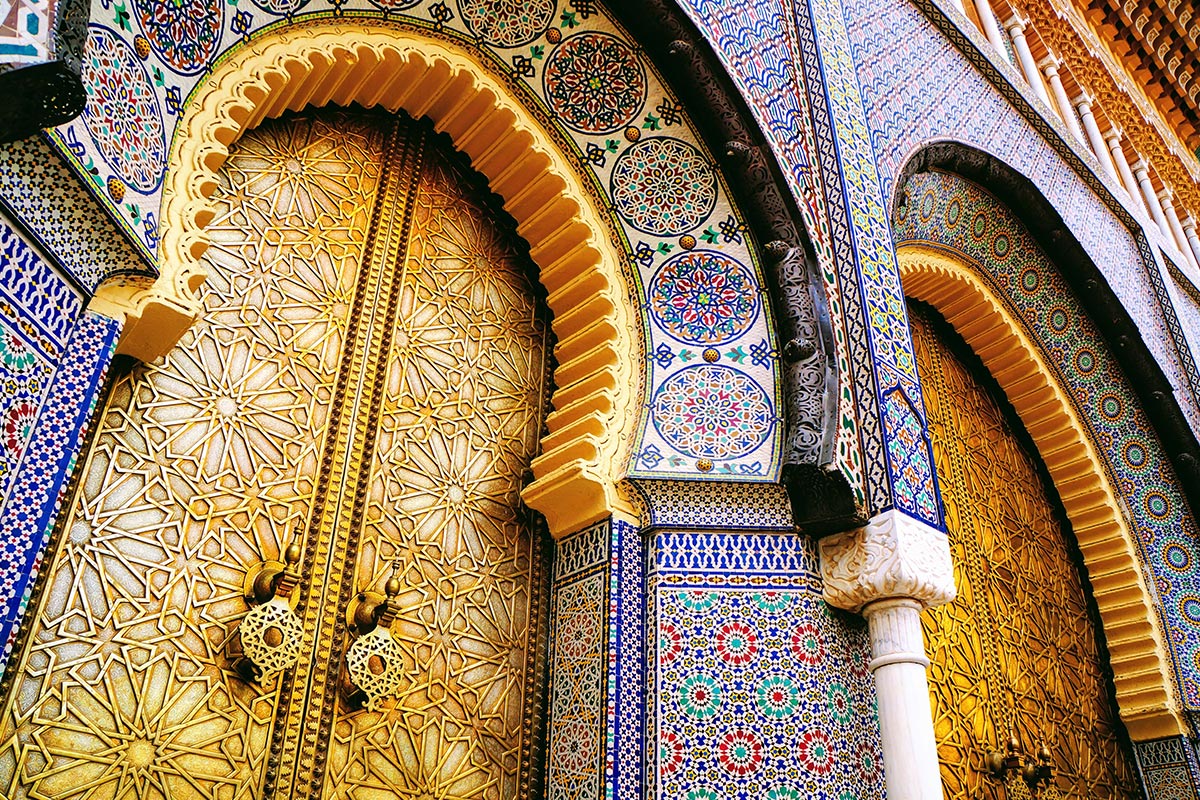
Moroccan Decorative Tiles Designs
Moroccan decorative tiles can appear overwhelming or plain “wrong” in your home designs if they are not installed carefully. Here are some guidelines and suggestions for using Moroccan tiles in your home and making them seem amazing.
It would be best if you considered the cost as the first and most crucial factor. From £1 to over £90 can be spent on a single Moroccan tile. It all depends on how the tile was created; for instance, a digital transfer will typically be less expensive than hand painting.
You can now move on to the enjoyable part since you are aware of your budget.
Moroccan tiles are frequently incredibly detailed and colorful, making major installations like covering an entire kitchen overwhelming and difficult to look at. Instead, decide to install a few tiles as a kitchen backsplash if you’re remodeling the kitchen, to use as an example. This particularly applies to you if your interior design is relatively simple and makes heavy use of neutral hues like white and vanilla.
Moroccan tiles look their finest when the design has a distinct beginning and end. For instance, the last two tiles on either side should have a definite end to the pattern rather than continuing across the kitchen and abruptly ceasing when the wall stops. This can contribute to making large kitchens feel cozy.
There’s a fantastic method to change things up if the price of Moroccan tiles or the aesthetic of a full geometric image doesn’t appeal to you. Consider alternating Moroccan tiles and plain white ceramic tiles, especially around fireplaces and in showers.
Making sure that each Moroccan tile is a standalone geometric pattern rather than a component of a larger design is the only thing to watch out for with this concept. Recall what we said earlier regarding the overall design!
Moroccan tiles like those can step up the game and add zest to your room if your property already has a traditional Mediterranean aesthetic. Maintain a very neutral atmosphere throughout your home to make the blue and white Moroccan tiles work. Consider keeping your painted walls white and accessorizing with a focused color scheme. Moroccan tiles’ intricate blue-on-white patterns make it difficult to apply that design scheme to the rest of your room.
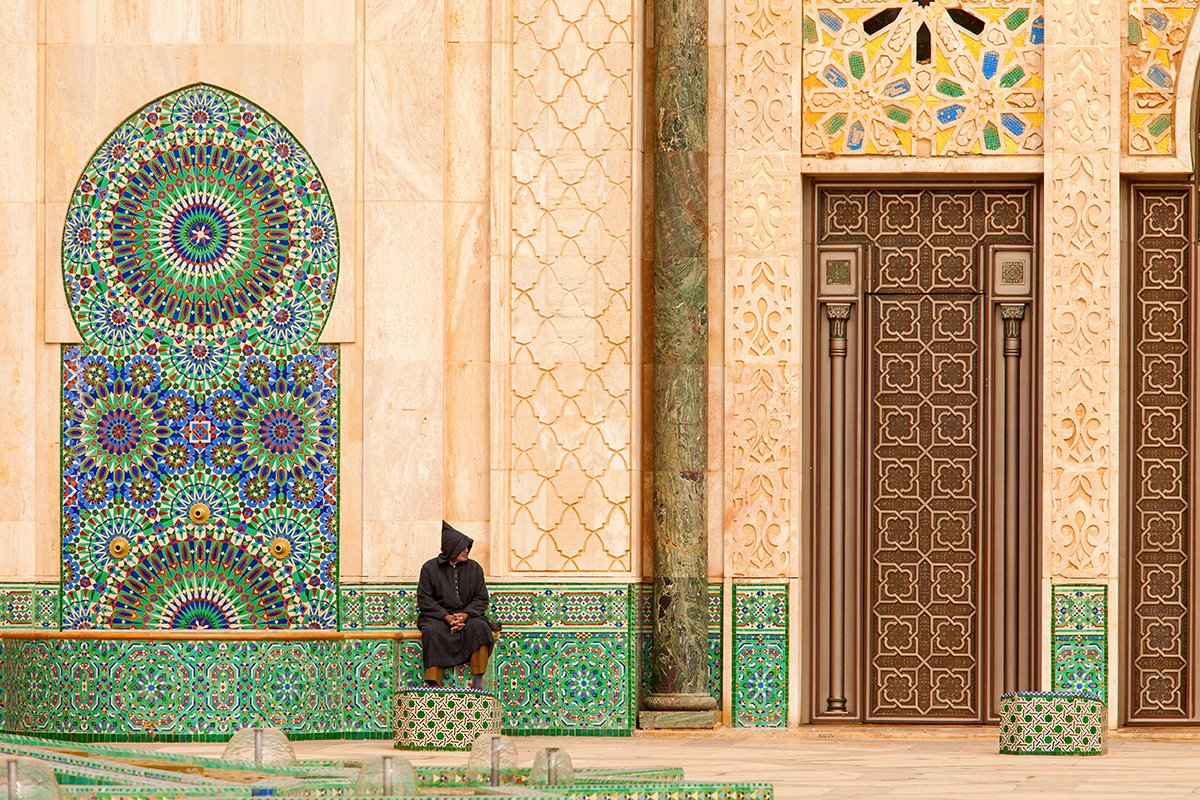
Moroccan Tiles with European Designs
However, there is also the option of Moroccan tiles with European influences and designs. These tiles typically have warm colors and geometric, floral, and pattern themes. These Moroccan tile varieties are typically utilized in country cottages as a way to bring the lovely nature outside and inside. Moroccan tiles of this style also look lovely when enclosed in wooden frames.
Moroccan tiles can look stunning on the main banisters of a historic property with a gorgeous wooden staircase, especially if they are enclosed in polished oak.
Yet not all Moroccan tiles with colorful and European influences are seen in historic cottages. They can look just as good in a contemporary home if done properly. Think about your reds, yellows, and oranges since many of them will be warmly colored, as we previously indicated.
The secret is to abandon the flowery pattern in favor of stronger shapes that result in a more expansive geometric pattern. Designs like that, which resemble those at a resort, look stunning on a large kitchen floor or as part of your backyard patio. If you combine that with some stained glass windows, your home may have a pretty opulent appearance without costing much.
Moroccan tiles are in high demand; therefore, incorporating them into contemporary apartments is getting simpler. Consider the scenario where you wish to give your bathroom a turquoise aquatic theme.
Moroccan tiles in metallic blue are a fantastic option that blends modern technology with time-honored customs. Blue colors, particularly metallic ones, can give off a lovely aquatic vibe or resemble vibrant fish scales.











Your comment submitted.